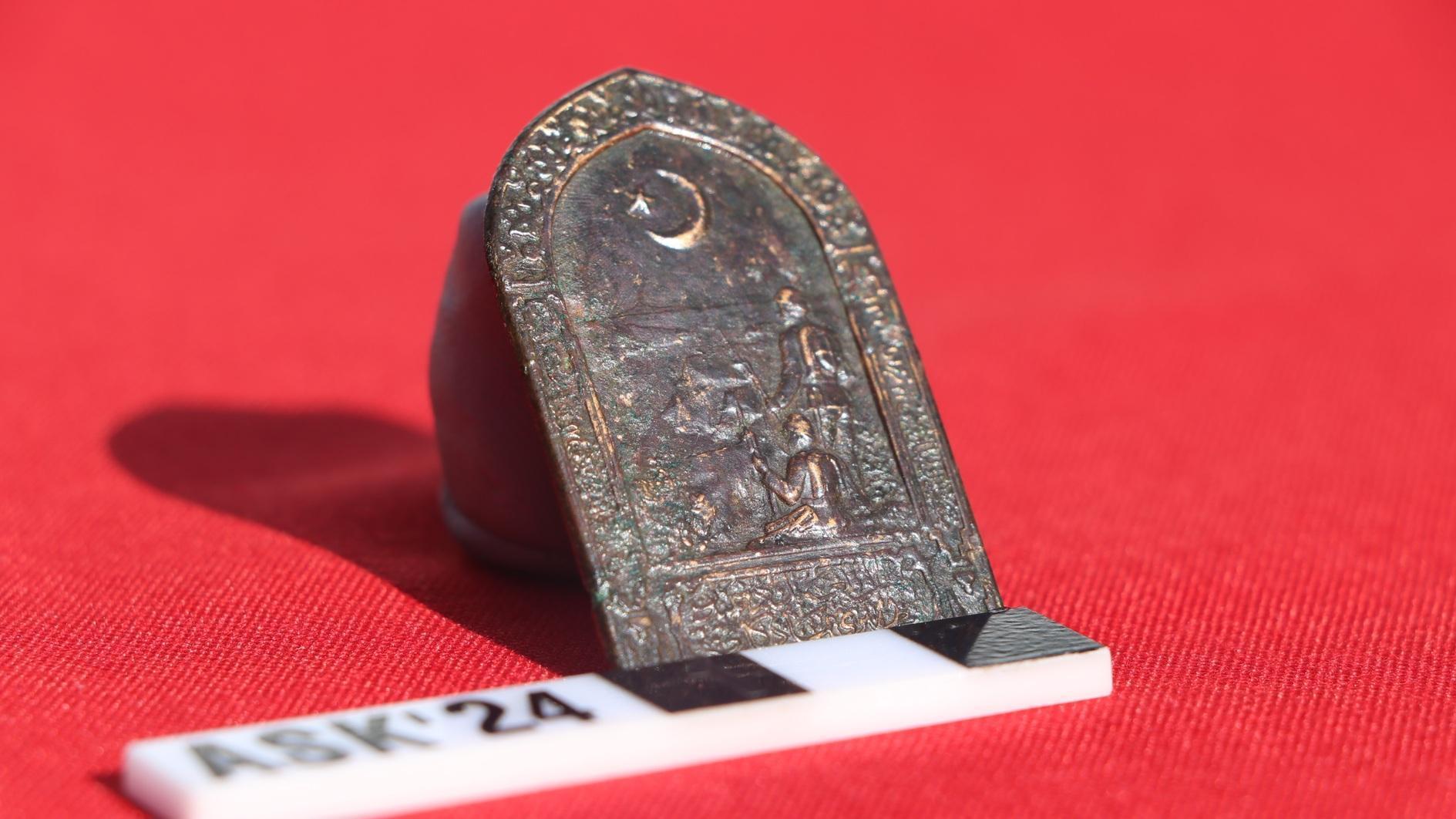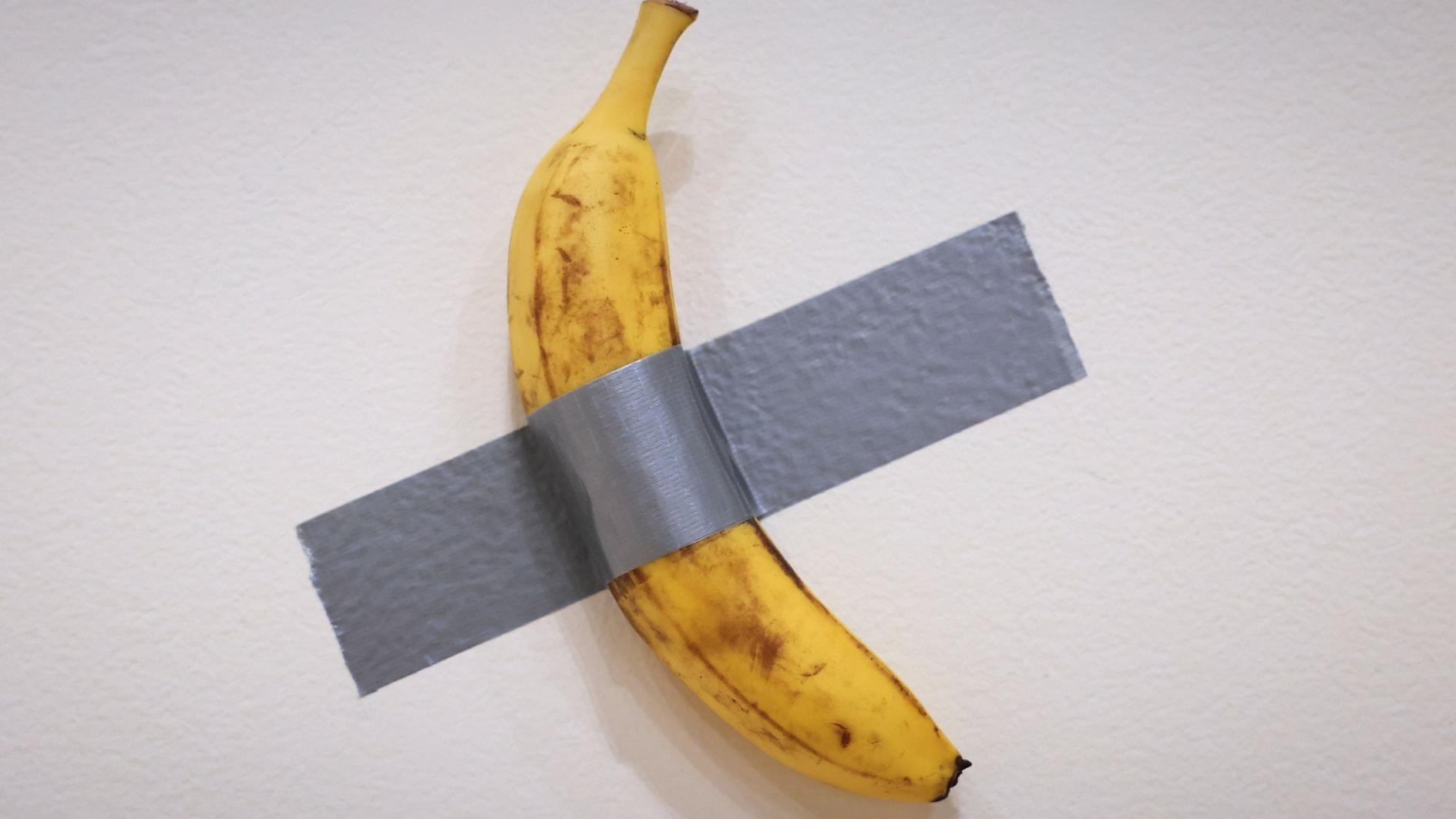Turkish university develops new Turkish keyboard
ISTANBUL – Anadolu Agency
 Istanbul-based Boğaziçi University has developed a new keyboard with Turkish letters, the university announced on Feb. 24.
Istanbul-based Boğaziçi University has developed a new keyboard with Turkish letters, the university announced on Feb. 24.The new keyboard is called the “E keyboard,” and will compete with the previous F and Q keyboards for Turkish writers.
A group of researchers under the leadership of Mahmut Ekşioğlu had worked for three years to develop the new keyboard, Boğaziçi University said in a statement.
The Scientific and Technological Research Council of Turkey (TÜBİTAK) supported the project, for which they will also take the patent.
Ekşioğlu said the new keyboard was developed and made more optimal by studying the ergonomic layout of letters. He said in the new E Keyboard, letters were laid out taking into consideration the capacity of fingers and their moving space.
Turkish writers mostly use the QWERTY or Q keyboard, which is nearly the same as the English version but with different keys for the Turkish letters ç, ğ, ı, ö, ş, ü.
However, the Turkish alphabet is different from its English counterpart, and is thus concentrated on the right side of the keyboard.
The FGĞIOD or F keyboard is another type of keyboard developed by Turks which has nothing in common with the Q keyboard, which is the most internationalized keyboard. The F keyboard is rarely used by Turks.
With the new E keyboard, Ekşioğlu said performance in writing rises, and it provides a more healthy and comfortable usage.
In the framework of the project, Ekşioğlu said they conducted research with participants of different ages, and the ergonomic criterion was determined by experimental studies. The speed capacity for each finger was also determined according to the speed with which each finger types a single button.
Ekşioğlu said the E keyboard was developed based on experiments and mathematical calculations, while the F keyboard had no scientific basis.
The Boğaziçi University team has studied the binary combinations of the fingers, the time needed to type two buttons one after another, and the letter combinations of the Turkish language.
“Taking those into consideration, we obtained 152 keyboard models,” Ekşioğlu said, adding they had arranged performance and health experiments for what they considered to be the three best models. He said they had also used electronic gloves to capture motion data and measure tendon movements in the experiments.
“To write a typical Turkish text, using the E keyboard makes you use much less tendon movements than with the F or Q keyboard,” he said.
Ekşioğlu said making too many tendon movements can raise the risk of hand-wrist musculoskeletal disorder.
Ekşioğlu said they have not found any literature about the methods used to develop the F keyboard.
He said that while developing the F keyboard, the Turkish letter frequency of the Turkish National Corpus was not taken into consideration, but rather that of the 1950’s Turkish dictionary.
“The pointing fingers are overloaded,” Ekşioğlu said.
















